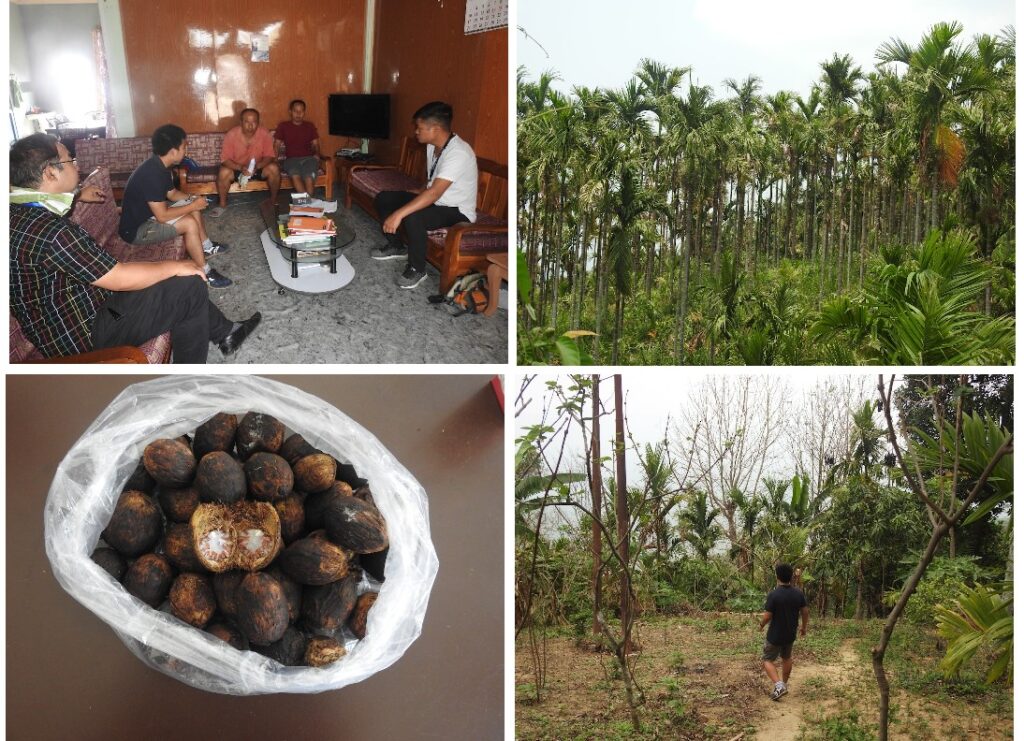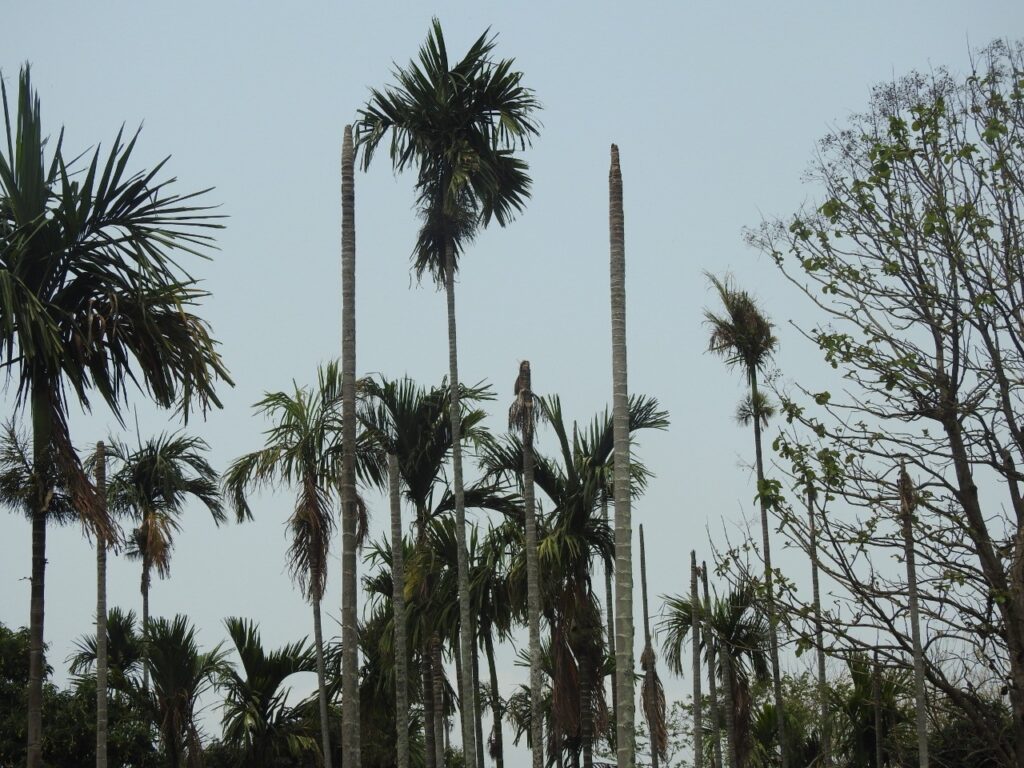KAWRTHAH
Home > STI Needs on Spatial Domain > KAWRTHAH
Kawrthah is a village with a total population of 4000 and 900 houses, 68.27% of the total population are Scheduled tribe and is a village located at Zawlnuam Block. More than 70% of the population is agriculture dependent livelihood. The major crops cultivated include Areca nut, oranges, and tree beans.

Agriculture Scenario:
The major agricultural practice in this area was orange farming from 1994 till 2002. Unfortunately, due to disease infection, 90% of the oranges suffer from die back. This has put the farmers in a situation to change their crops and find an alternative in sustaining their livelihood. Since then, the farmers in this village shifted to Areca nut farming.
Areca nut has become the major crop grown in this village and most of the farmers in this village used it to sustain their livelihood. As per the report of the respondent, more than Rs.900 lakh was earned this year from Areca nut. Favourable climatic conditions and better market linkage is the main reason to be used as the major crop in this area. The farmers usually grow two varieties so that they will be able to harvest two times in one season. However, for the last 2-3 years the farmers have encountered crop infestation in their farm, where the Areca nut tree starts wilting from the top of the tree and becomes zero productivity. As per the respondent, crop infestation is common in trees that are 4-5 years old.
Needs:
i)Plant protection
Disease infestation in Areca nut trees has become common in this area. The Areca nut trees are infested from the top and leaves become dry after 2-3 months from infestation and lose the leaf completely after obtaining permanent wilting. Due to this, the area under Areca nut farming has become less productive and farmers lose their long-term hard work in a year as they have to replace with a young seedling. Scientific research of disease infestation so as to find the solution towards protecting the plant from disease is crucial in this area.
Plant protection methods like spraying, dusting with insecticides, pesticides etc. for protecting the plant before infestation will be crucial in this area because applying insecticides, pesticides after infestation is less effective in reversing the disease infestation.

ii)Transportation
Most of the agriculture area in this village is a hilly area and makes farming more labour intensive compared to flat land. Poor link road infrastructure, material handling infrastructure are the main reasons for late delivery of harvested crops in the village or stock point and make the farming more labour intensive in this area as the farmers have to invest more money in harvesting and handling. Therefore, modern methods of material transportation and handling like cable methods from farm to link road and better link road infrastructure will reduce the labour cost and make the farming more affordable for the farmers.
iii) Value addition of baibing (Alocasia fornicata) and zawngtah (Parkia speciona)
The arecanut farmers in Kawrthah have a common practice of mixed cropping. The most common crops cultivated between the aracanut trees are baibing and zawngtah. These two crops contribute a significant amount of their income. These two crops are seasonal crops that are highly perishable if not properly stored but they are in demand all year in Mizo dishes. During peak season (i.e April for zawngtah and June to July for baibing), marketing is often a challenge. There is a need for research on value addition and preservation of these two crops to make them available in off season.
